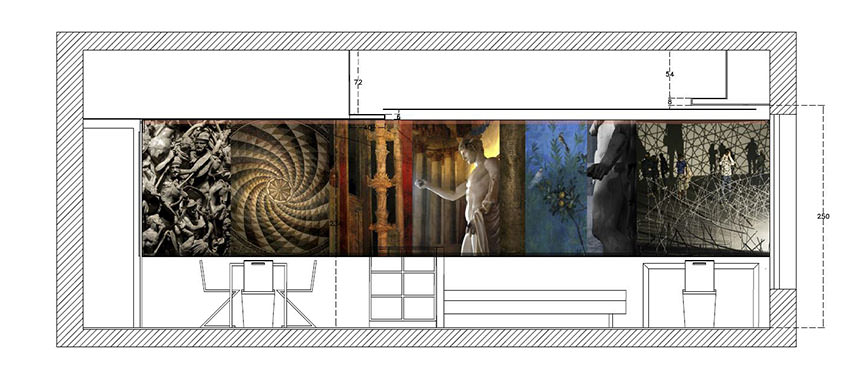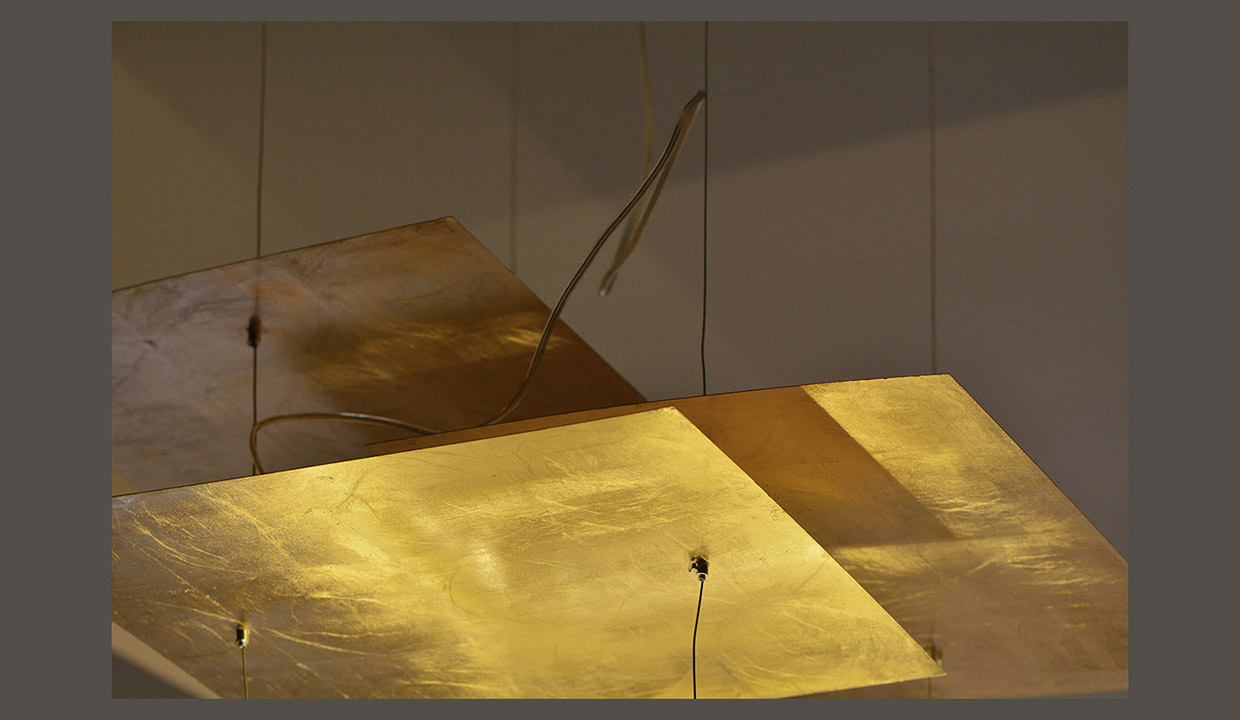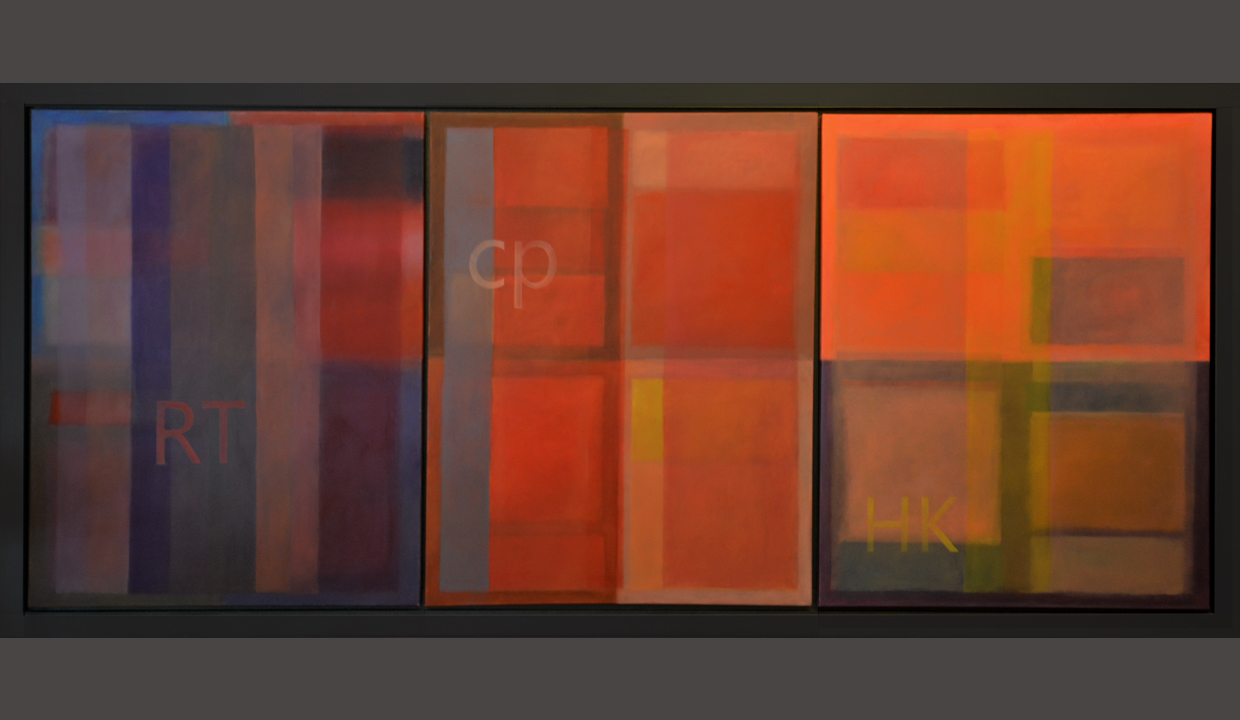Nowadays the use of images to define and characterise architectural spaces is widespread, especially in temporary, trade-fair and sport-related architecture etc. From the start of digital photography and above all over the last ten years, the techniques for reproducing and above all for printing photographs have advanced to such a degree that nowadays it is possible to reproduce prints of any size and on any material. Digital printing can thus be done on glass, wood, metal and any other material imaginable, something which was inconceivable only a few years ago. The situation becomes even more interesting when a photographic project is fused with an interior design one. Three metre high letters and highly creative “snaps”, if taken out of their usual commercial or office context, and used carefully in a domestic context, have a highly evocative power which we can harness to obtain the objectives which we desire.
I’d like to use as an example, an “open Space’ project of mine. For this, I was required to integrate the sleeping area with the open-plan kitchen and sitting room. I took the decision to print a series of images, taken in roman art museums, onto a single seven metre long canvas and carefully fuse them to create a single global image. The decision was essential to achieve an incisive transformation of the space and to define it. The photograph, with its long horizontal aspect and its strong colours, provided character to a section of the space which initially lacked atmosphere and it also served to accentuate the surrounding areas and draw attention to the particularly elaborate suspended ceilings.
L’uso della fotografia in architettura
È ormai una pratica abbastanza diffusa, soprattutto nelle architetture temporanee, fieristiche, sportive ecc., utilizzare le immagini fotografiche per definire e caratterizzare volumi architettonici. Dall’avvento del digitale e soprattutto negli ultimi dieci anni le tecniche di riproduzione e soprattutto di stampa fotografica si sono talmente affinate da permettere la realizzazione di immagini di qualunque dimensione stampate su supporti di ogni genere. La stampa digitalizzata la si usa su vetro, legno, metallo e altri materiali impensabili fino a qualche tempo fa. Tutto ciò diventa particolarmente interessante quando un progetto fotografico è pensato in un interno. Credo che la forza delle immagini possa spesso integrarsi col disegno architettonico di un interno privato. Scritte alte tre metri o ‘scatti’ fotografici particolarmente creativi se li tiriamo fuori da negozi, uffici e centri commerciali e li adeguiamo con i dovuti accorgimenti di un progetto ad un interno privato, la loro forza evocativa aumenta e noi possiamo strumentalizzarla in base ai risultati che vogliamo ottenere. Vorrei riportare come esempio il caso in cui disegnando un ‘open space’ avevo la necessità di unire in un progetto di interni le aree private che si integravano con il soggiorno e la cucina. La scelta di stampare su un unico supporto di tela lungo sette metri una successione di immagini scattate nei musei di arte romana ed opportunamente elaborate nel definire un’unica immagine globale, ha determinato un’incisiva trasformazione dello spazio caratterizzando e definendolo. L’elemento fotografico che ha un taglio fortemente longitudinale con i suoi colori forti ha dato carattere ad una parte dello spazio che inizialmente sembrava inespressivo e inoltre ha evidenziato i volumi che lo circondano dando forza al disegno dei controsoffitti particolarmente elaborato.








You have to be extremely careful when putting such huge and evoking pictures in a private interior: one can grow weary of them as time goes by. No doubt the result is absolutely stunning but it’s also true that a photograph today is not like a painting in the past, everything can be copied and printed so you can change it whenever you want.